Gunther Lipwicz had not grown up aspiring to be a villain. His father was a barber and his mother a member of the church auxiliary. However, after a brief stint in the West German Bundeswehr he found himself at loose ends. He had answered an advert in the back of a gentleman’s magazine, and so here he was.
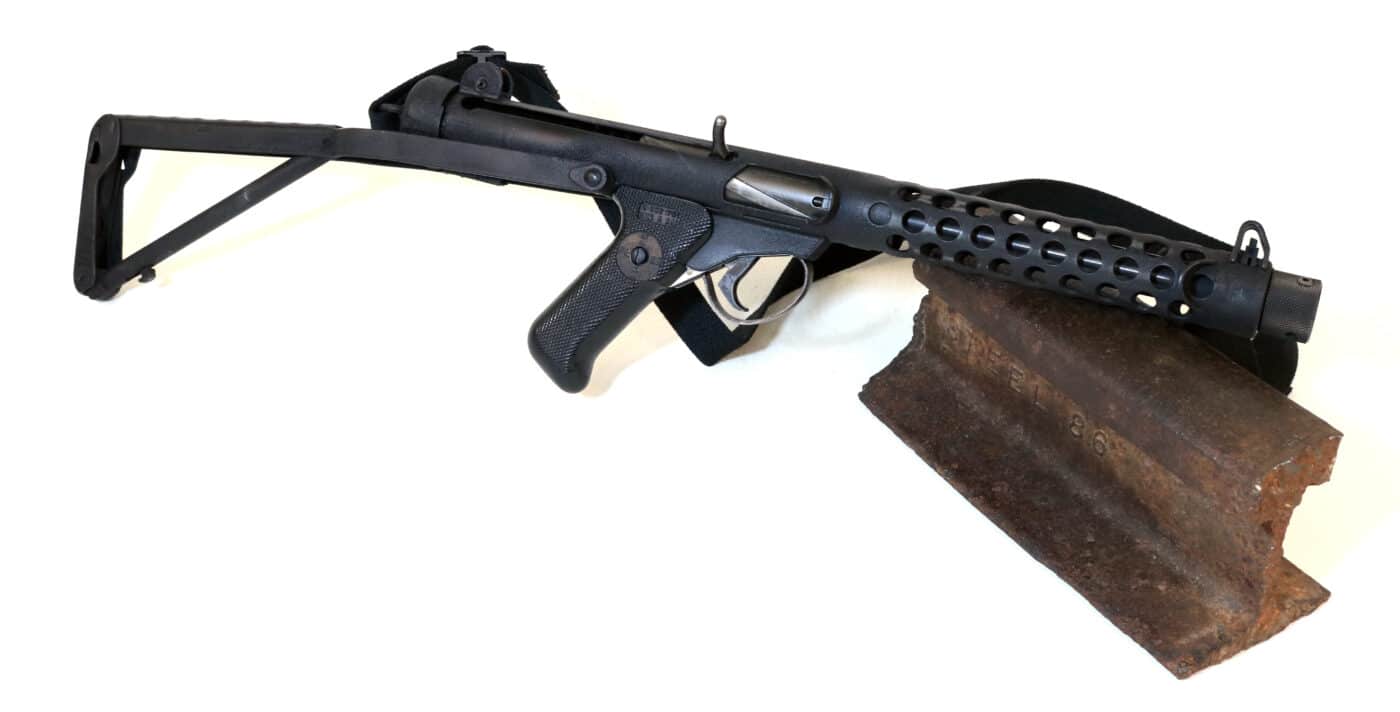
His employer was one Ernst Stavro Blofeld, Number 1 of Spectre. Lipwicz had only met Herr Blofeld once during basic henchman orientation. After their brief tour around the evil lair, Blofeld had waltzed in to give the new class of security recruits their welcome speech. Lipwicz found his incessant stroking of that silly cat a bit off-putting.
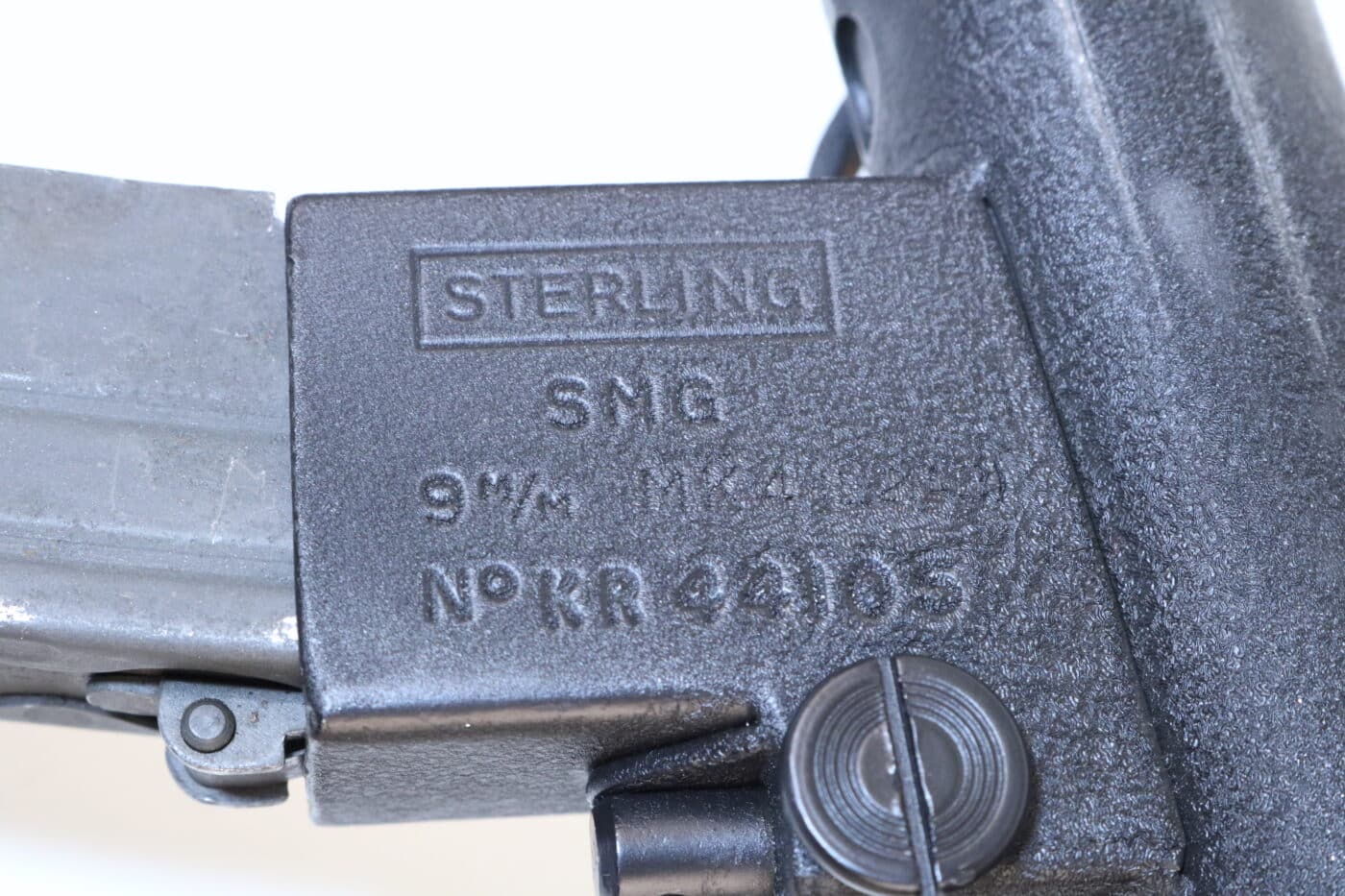
Working for Spectre had its perks. The hours sucked and sometimes you had to spend weeks on end on remote oil rigs, desolate arctic research stations or stolen NATO submarines. However, security duty on Blofeld’s estate was cherry given all the curvaceous eye candy the Big Man kept underfoot. A few of his classmates had actually been assigned to an orbital space station bristling with nuclear weapons. Lucky dogs. Regardless, the pay was good, and Spectre offered a very competitive dental plan.
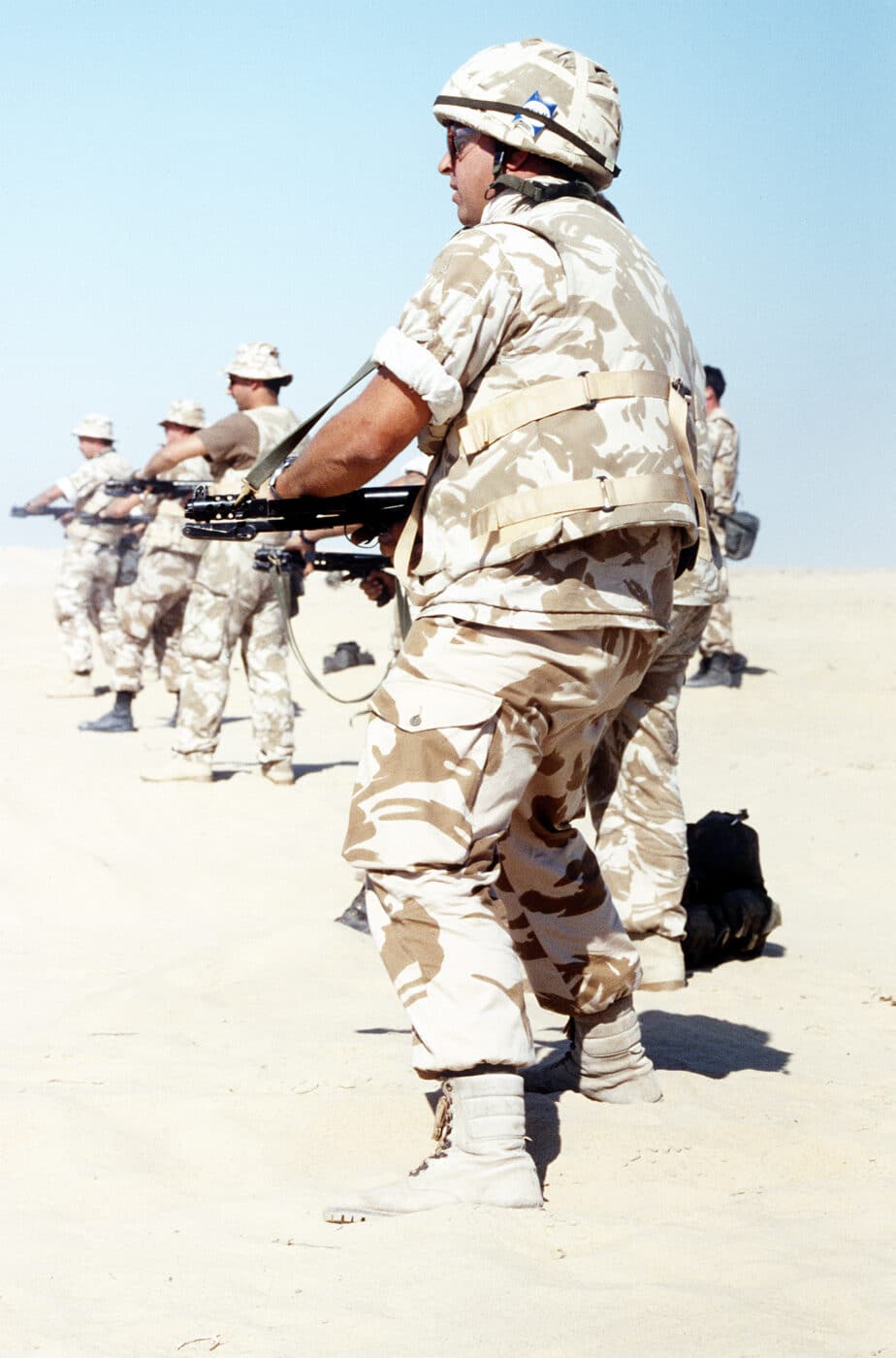
This day Lipwicz had drawn guard duty at the Doomsday Device Central Control Facility. Buried deep within the bowels of a dormant volcano, the DDCCF was considered impervious to ground assault. Entry and exit was via a cool underground tram system, and thankfully the place was air-conditioned. Many evil Spectre lairs were more austere. Comrades had warned him, however, to step lively around the Boss’s swimming pool. It was purportedly filled with ravenous sharks.
The uniform this day was a blue satin jumpsuit and a red beret. Lipwicz thought the outfit looked lame, but it was likely crafted by the guy with the creepy cat. He drew his Spectre-issue Sterling submachine gun from the armory along with its single magazine of ammunition and reported to his post. Today would likely just involve a great deal of standing around, just like most days. Evil lair security was a peachy billet.
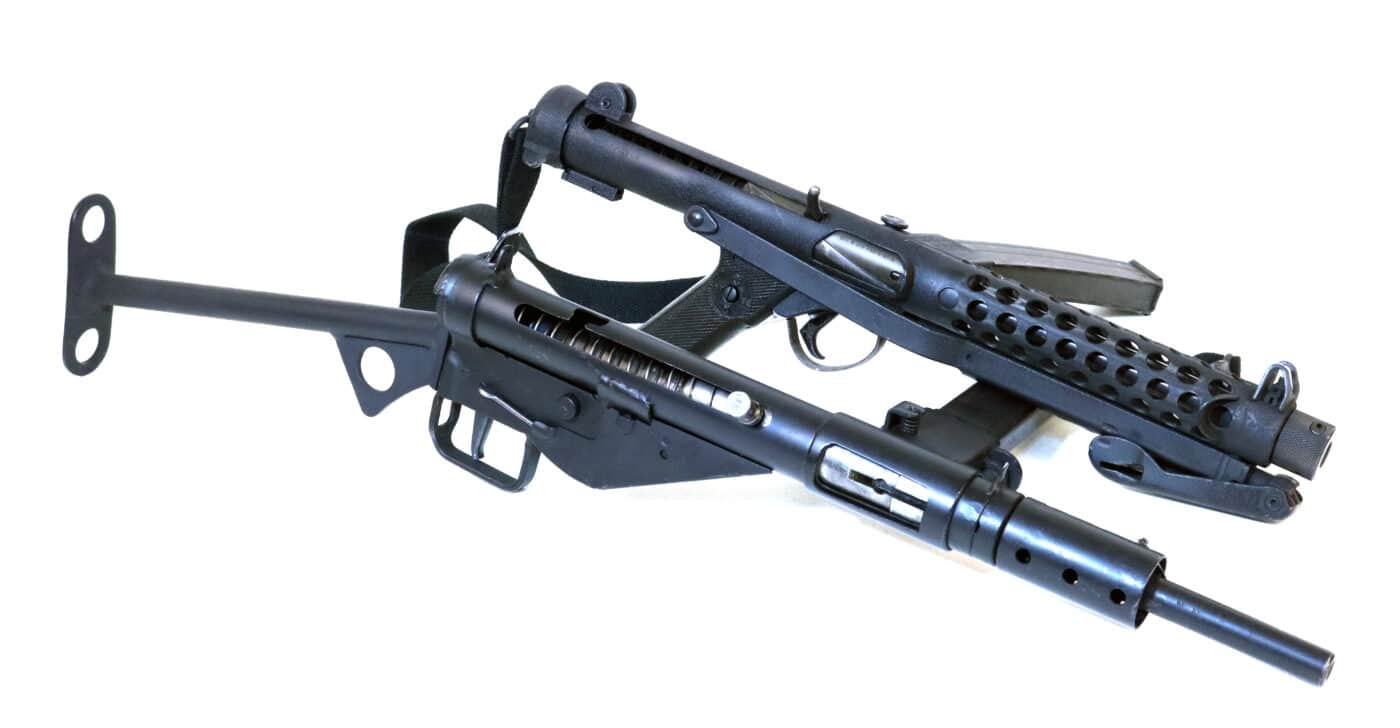
His first indication that something was amiss was an ominous rumble. Then he heard shouting in the distance. They had security drills all the time, but this felt different. This time the evil scientists were scurrying about, moving with a purpose. In moments the big screen display above the lab started counting down. He hoped that wasn’t something bad. Nobody ever told him anything.
Suddenly the heavy steel security door at the end of the lab burst inward under the force of a breaching charge. The alarm klaxon began its brain-boring throb, and all the evil scientists began scurrying for the emergency escape chutes. Gunther Lipwicz had prepared his entire adult life for this moment. He unslung his well-oiled Sterling, pulled the bolt to the rear, and oriented toward the smoking doorway. All of his many years of training came down to this.
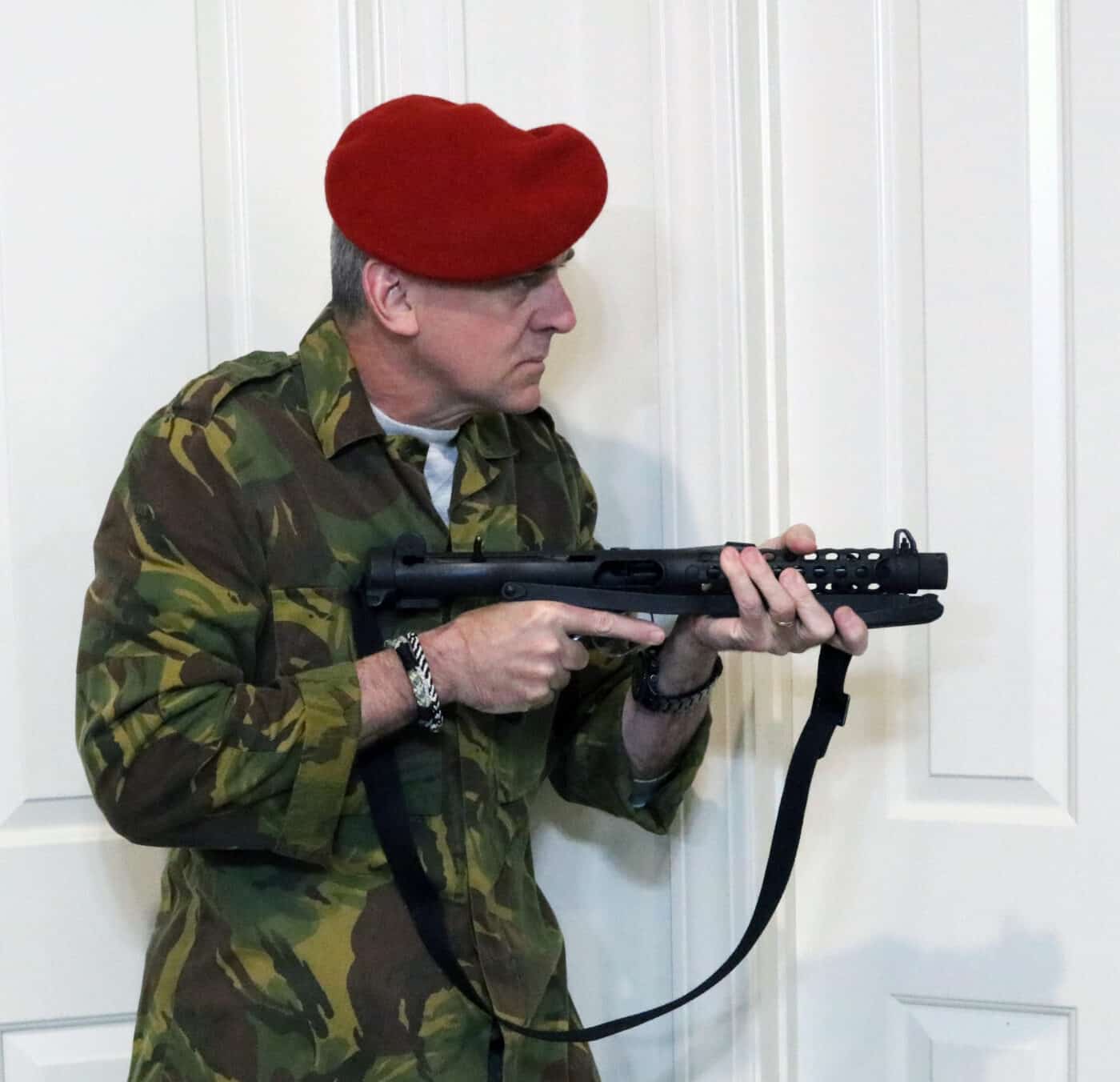
The first man through the doorway was a tall figure wearing black and carrying a diminutive German handgun. He was immediately followed by a smoking hot blonde in a tight red leather jumpsuit. The girl’s platinum curls were perfectly permed and shimmered in the pulsating red of the emergency lights. Before Gunther had time to react the big man shot him in the forehead with his little pistol and tossed his submachine gun to the blonde. They only had three minutes to get to the nuclear warhead and disarm it before Spectre precipitated World War III.
Sterling SMG: The Henchman’s Subgun
James Bond. Women want him. Men want to be him. The product of Ian Fleming’s vivid imagination seasoned by his own wartime experiences in covert operations, 007 saved the world and gotten the girl across fourteen books, nine short stories, and twenty-five feature films. Today I thought it might be entertaining to tell the story from the perspective of a longsuffering henchman. The equivalent of the disposable red-shirted security officers who always seem to get vaporized by the Fangor beast in Star Trek, these poor guys never get any respect. The gun our henchman carried, however, is indeed a rarefied piece of iron.
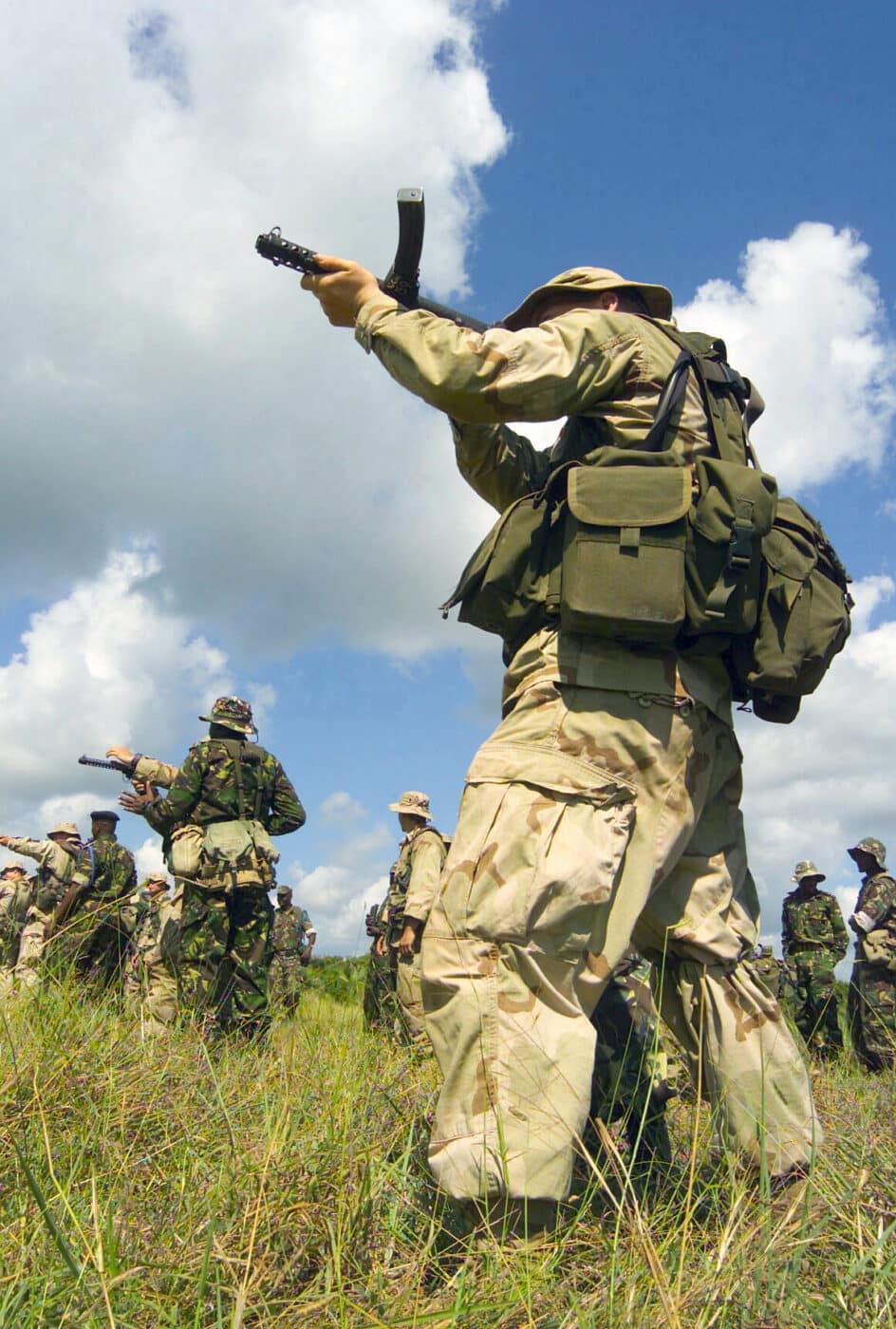
The Sterling submachine gun was initially developed in 1944 as a replacement for the dubious Sten. The inexpensive Sten was the right gun at the right time for Britain with her back against the sea after the miraculous Dunkirk evacuation. However, the crude nature of the Sten along with its abysmal double-column, single-feed magazine left British Tommies rabid for something better.
The Sterling was designed by one George William Patchett, the chief arms designer at the Sterling Armaments Company of Dagenham. While the basic layout of the Sten and Sterling are grossly similar, the Sterling was the markedly better weapon. For starters, the Sterling used a much-improved magazine.
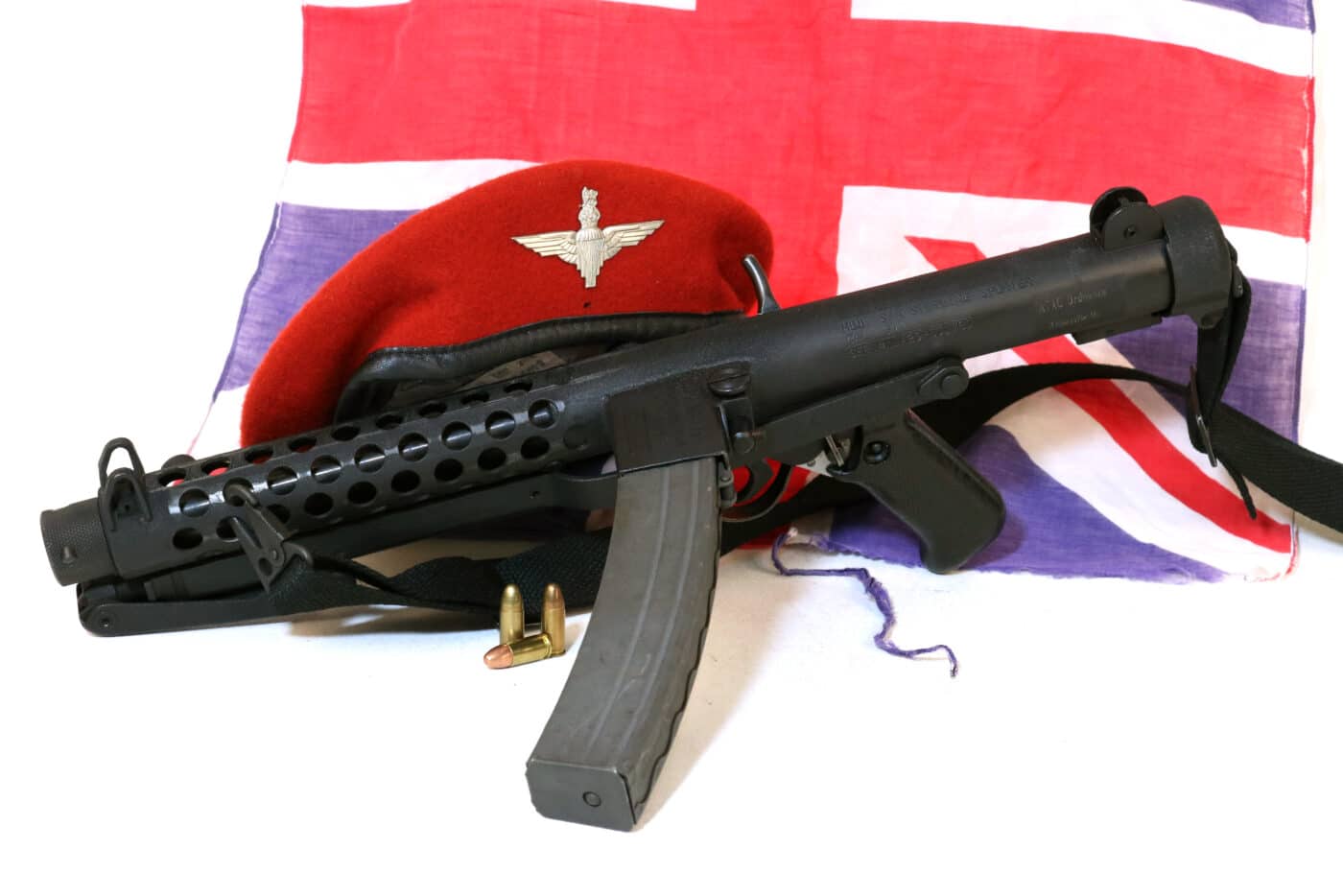
The 34-round Sterling magazine is a double-column, double-feed design that can be loaded easily with nothing more than a standard set of human fingers. The mag body sports a gentle curve to accommodate the geometry of Georg Luger’s timeless 9mm Parabellum cartridge. The magazine follower also incorporates a novel pair of roller bearings to ensure minimal friction during feeding. While the front aspect of the Sterling magazine has some sharp edges, overall this is likely the finest ammunition magazine ever contrived.
The Sterling itself features a pistol grip oriented at the rough center of balance for easy firing one-handed if necessary. The gun fires from the open bolt via advanced primer ignition. The bolt includes a series of helical grooves that tend to push battlefield grunge clear of the action and enhance reliability.
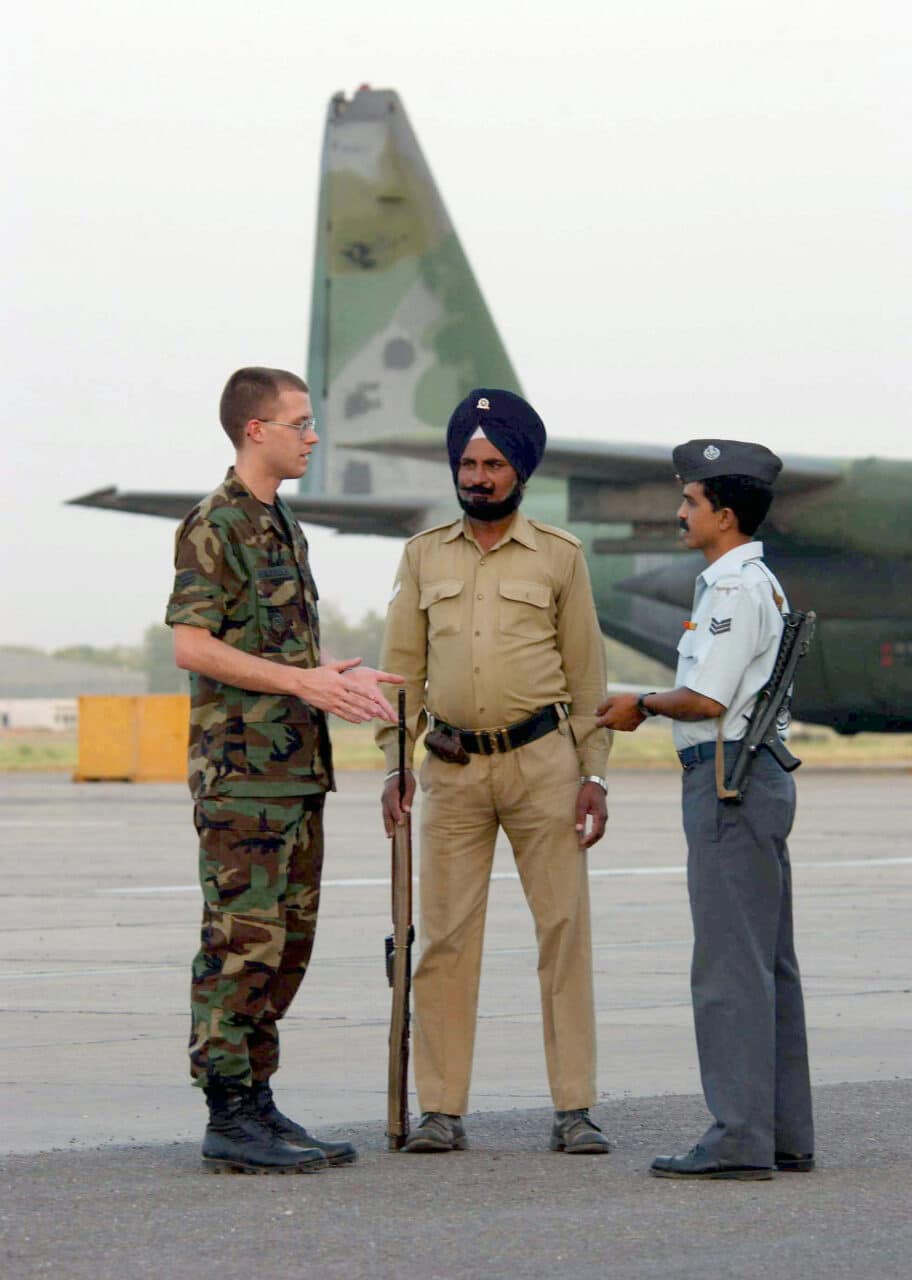
The folding stock on the Sterling is complicated but effective. The fire selector is oriented underneath the right thumb when firing right-handed. Rear is safe, the middle position is semi, and the forward notch is rock and roll. Placing the gun on safe locks the bolt in place in either position.
The Sterling cycles at around 550 rounds per minute and is eminently controllable. Doubles and triples are easy for the disciplined trigger finger, and a seasoned operator can keep his rounds inside a paper plate at 20 meters without too much effort. The side-mounted magazine makes the gun an easy piece to run from the prone. The parade ground firing technique involves grasping the ventilated barrel shroud with the weak hand and resting the magazine across the forearm.
Ruminations
The Sterling saw production through a variety of marks and soldiered on in active British service until 1994. The L34A1 suppressed variant is still one of the most effective sound-suppressed close-quarters combat weapons in the world. There were more than 400,000 copies produced, and the Sterling is still found in your more austere combat zones even today.
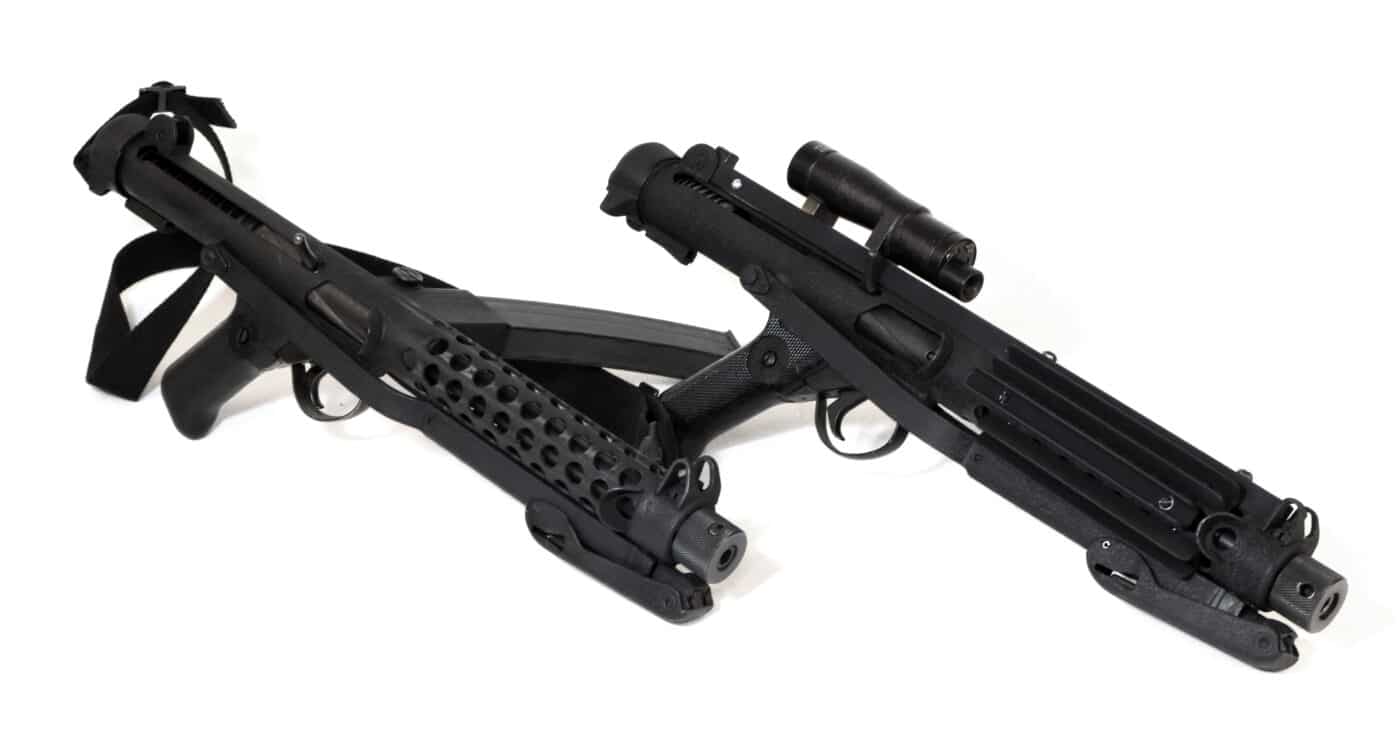
The Sterling’s unique lines landed it top billing as the foundation for the BlasTech E-11 Blasters used in the movie Star Wars. The weapons were also widely used in a variety of Bond films. Sleek, svelte, refined, and cool, the Sterling SMG is one of the world’s classic submachine guns.













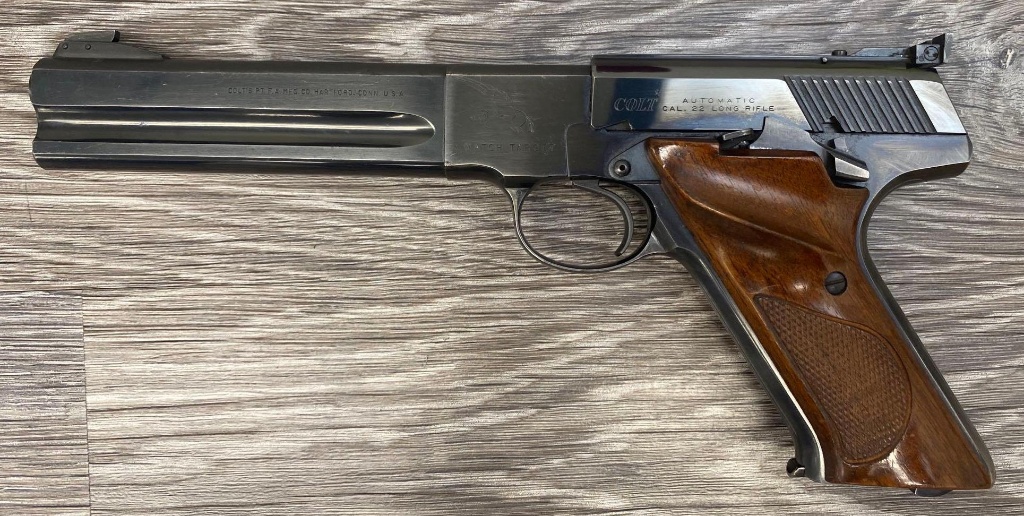
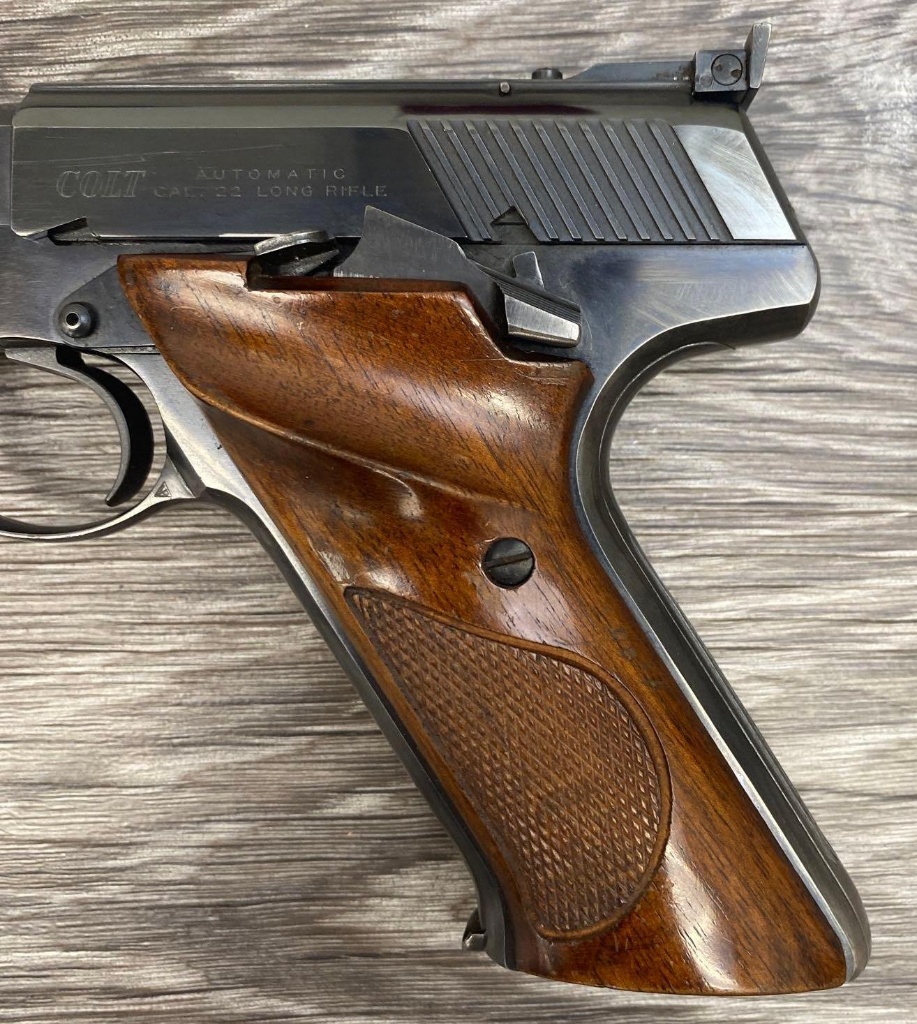
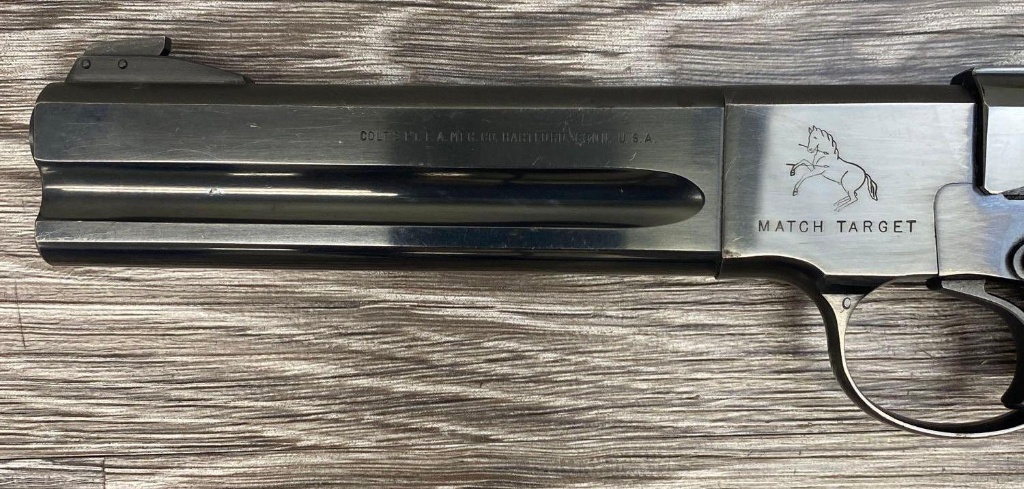
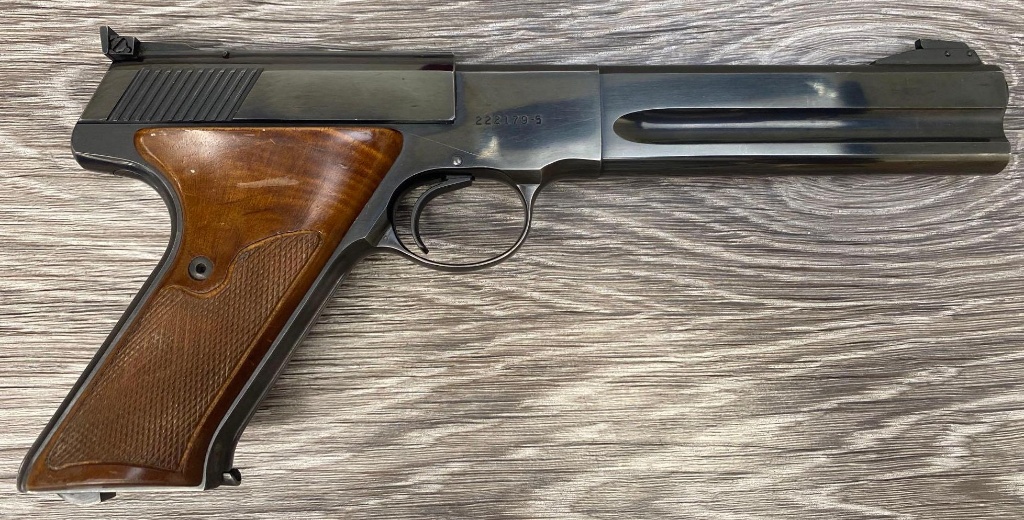
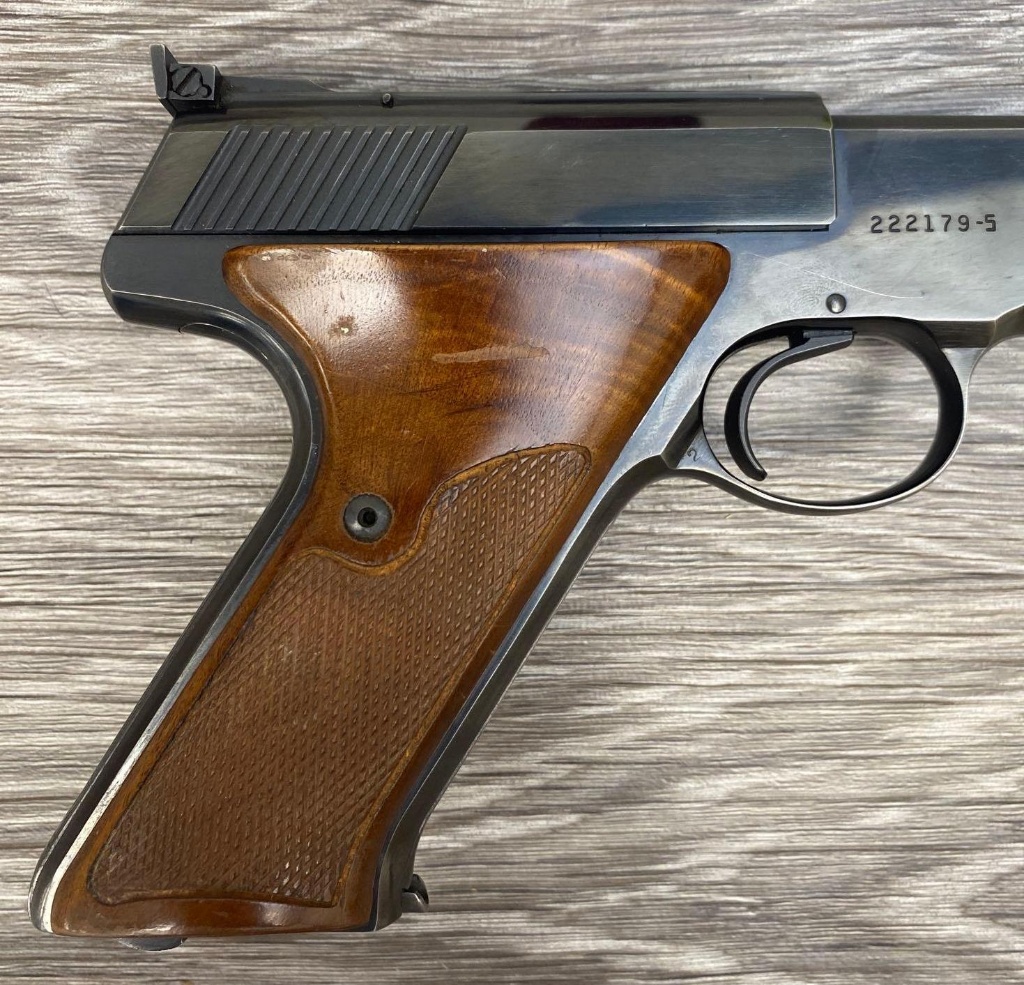
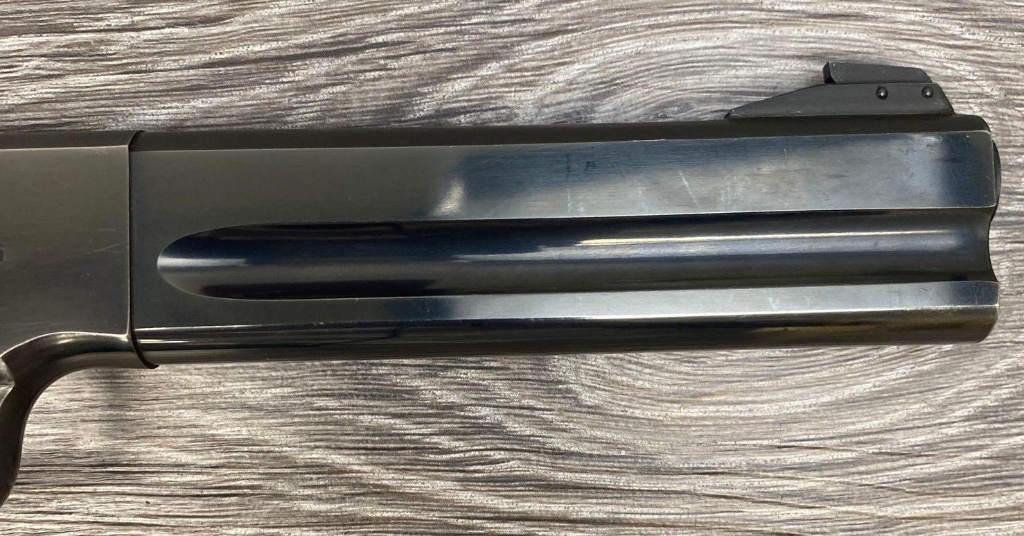


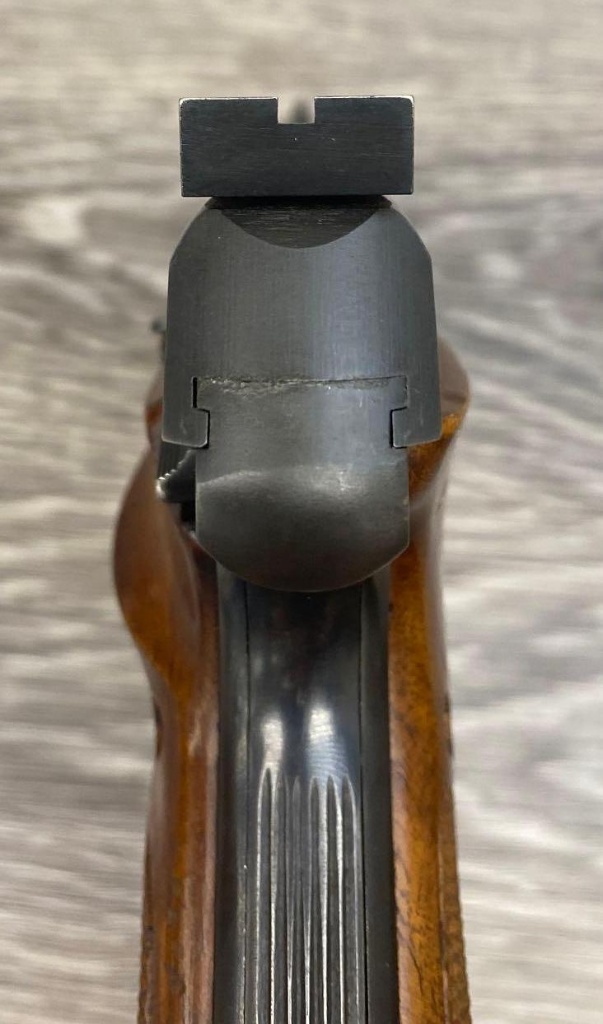
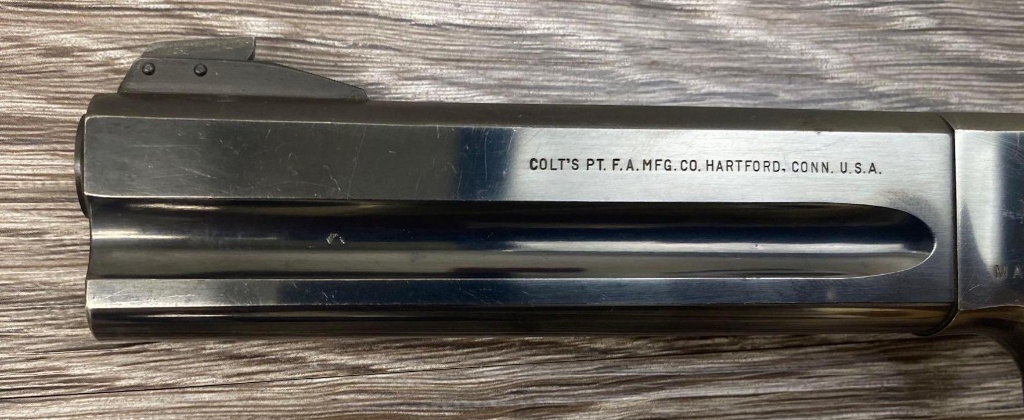
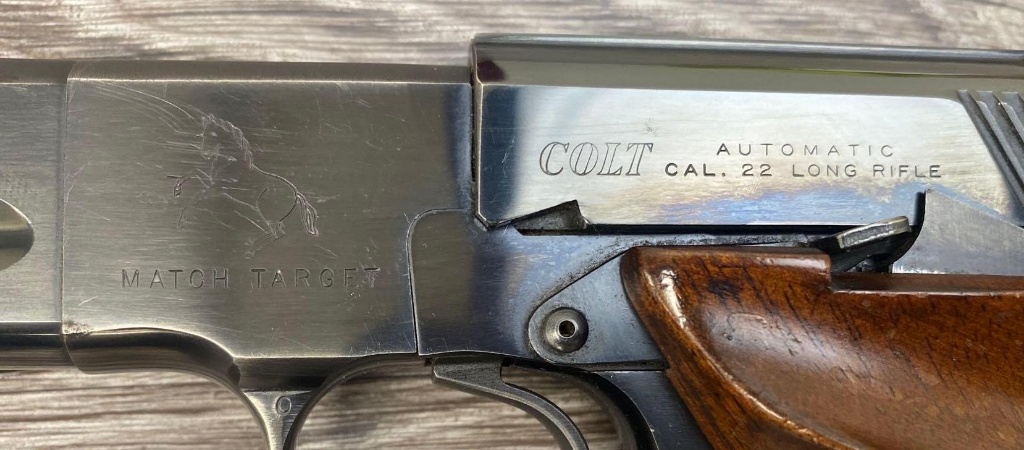
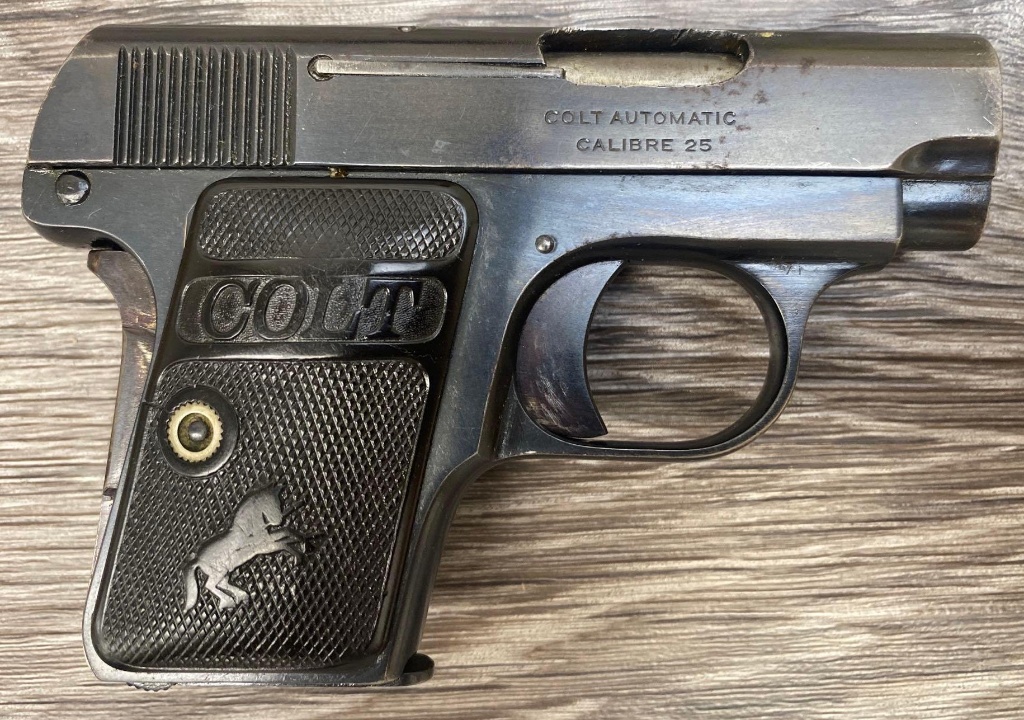
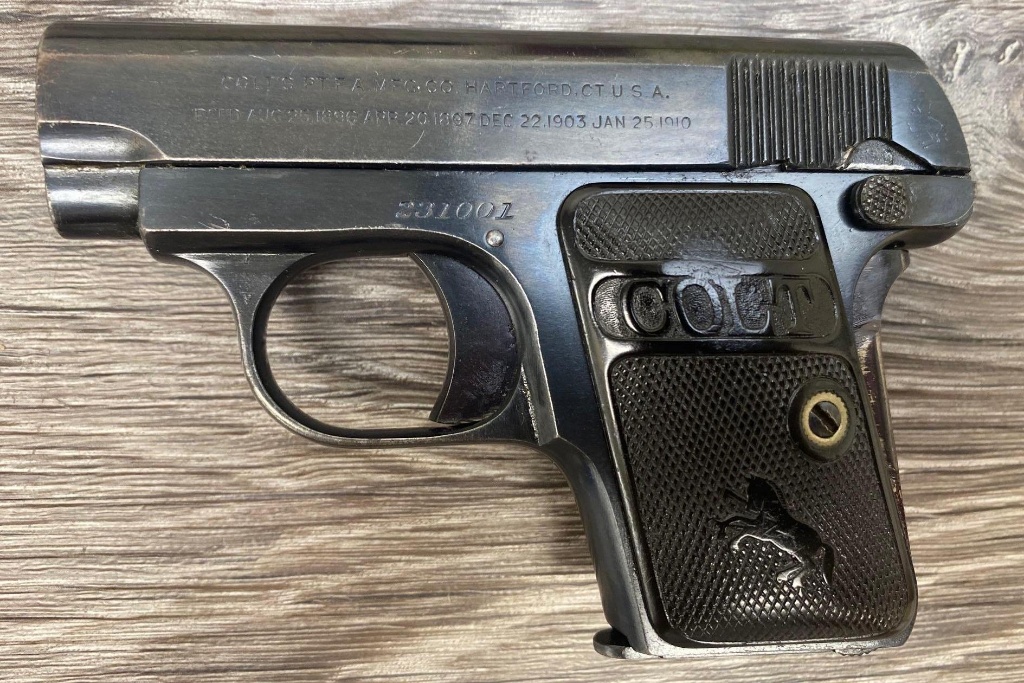
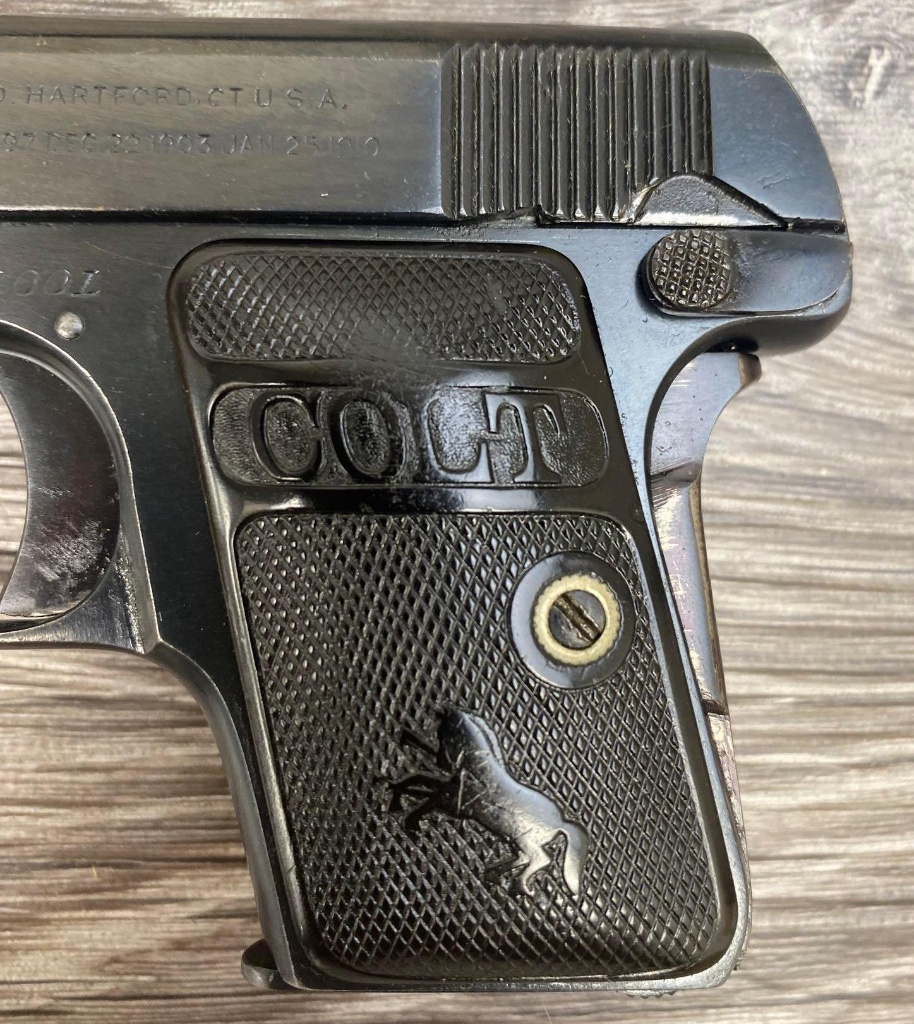
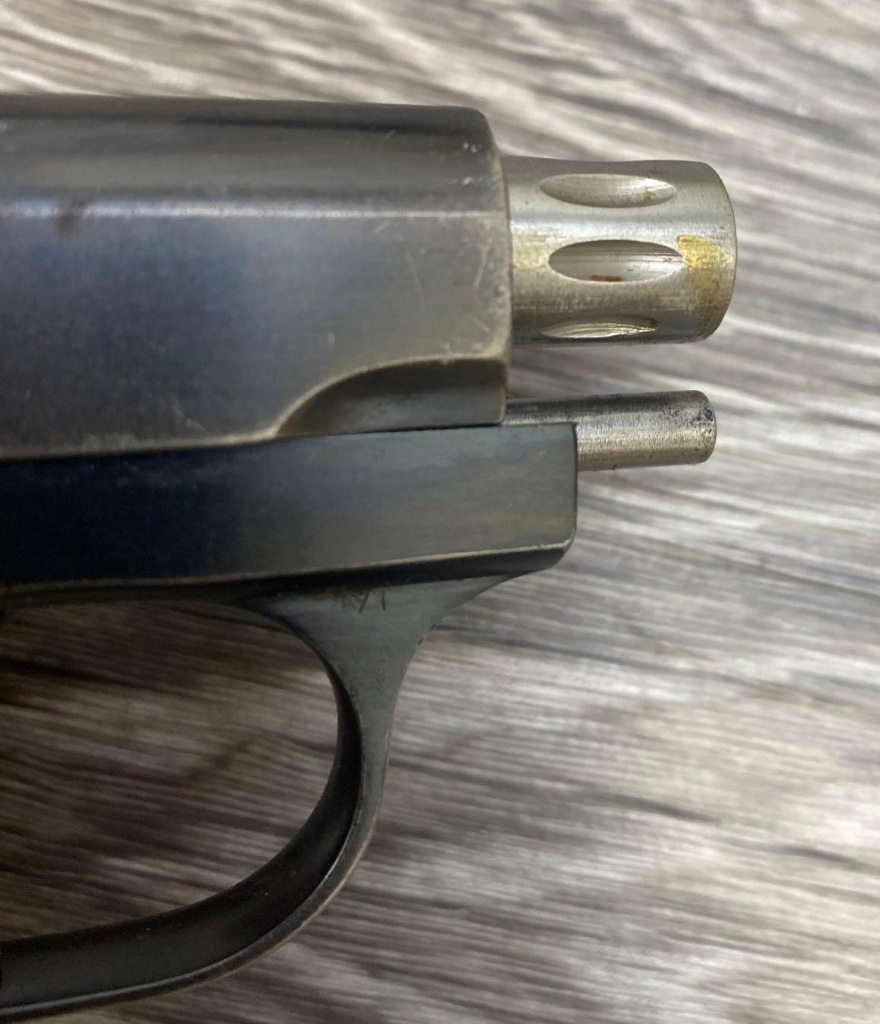
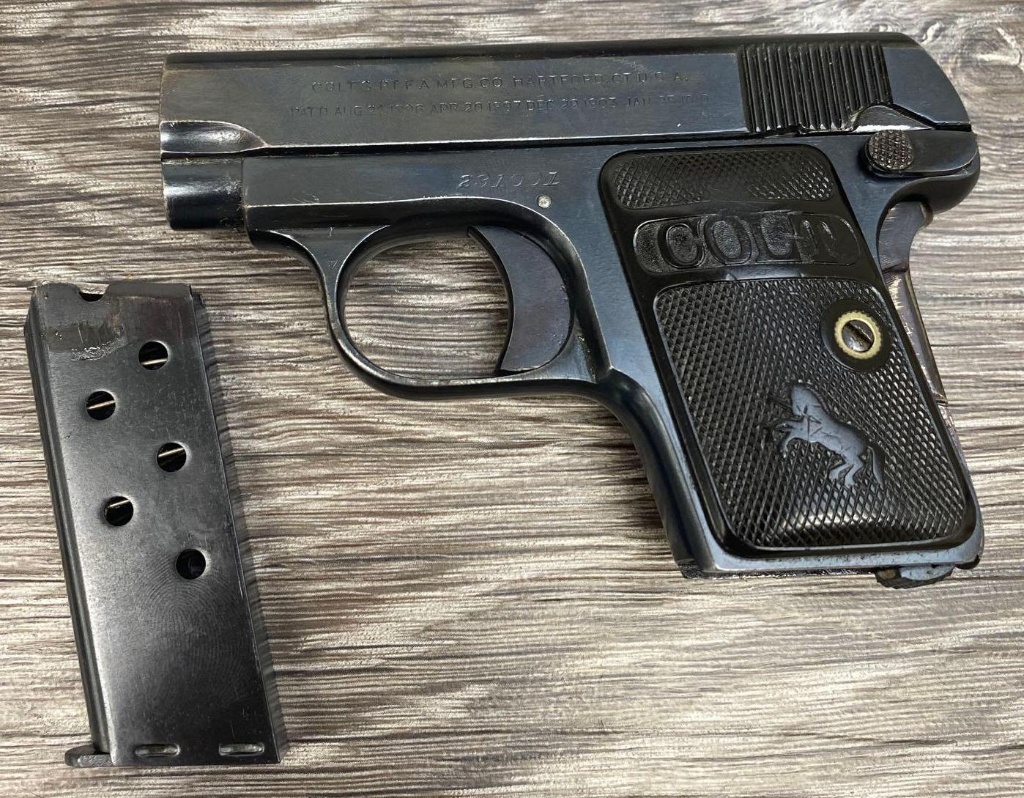


 Snub noses are a double edged sword. Easier to conceal, but a loss in velocity. (Photo: Francis Borek)
Snub noses are a double edged sword. Easier to conceal, but a loss in velocity. (Photo: Francis Borek) The two preferred revolvers of the Royal Hong Kong Police. (Photo: Francis Borek)
The two preferred revolvers of the Royal Hong Kong Police. (Photo: Francis Borek) Original Colt grips can be quite expensive on auction sites. (Photo: Francis Borek)
Original Colt grips can be quite expensive on auction sites. (Photo: Francis Borek) Pull to release the cylinder. Some like it, some don’t. (Photo: Francis Borek)
Pull to release the cylinder. Some like it, some don’t. (Photo: Francis Borek) Easy to conceal and carry, the Detective Special was the go to carry piece for decades. (Photo: Francis Borek)
Easy to conceal and carry, the Detective Special was the go to carry piece for decades. (Photo: Francis Borek)